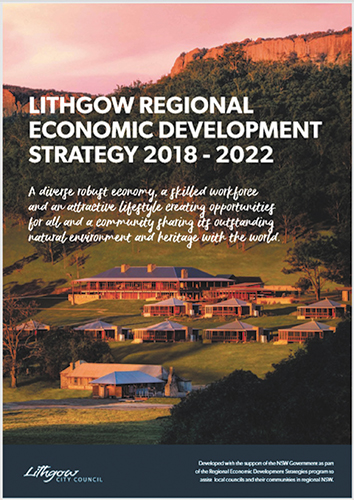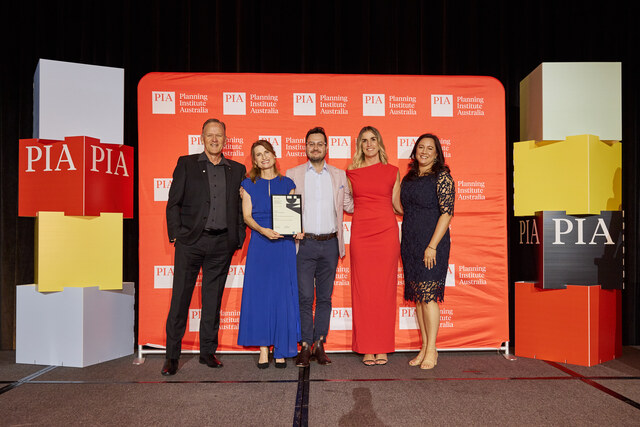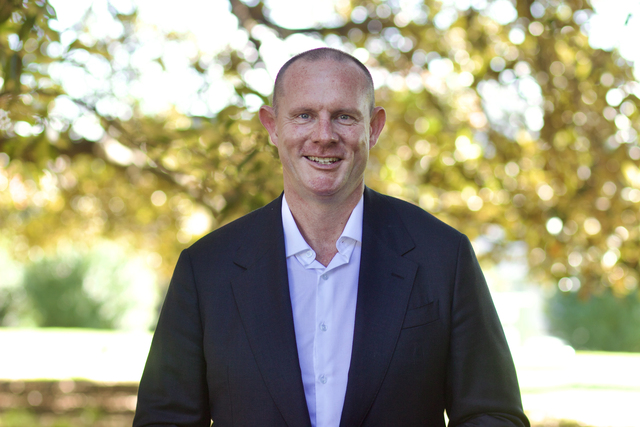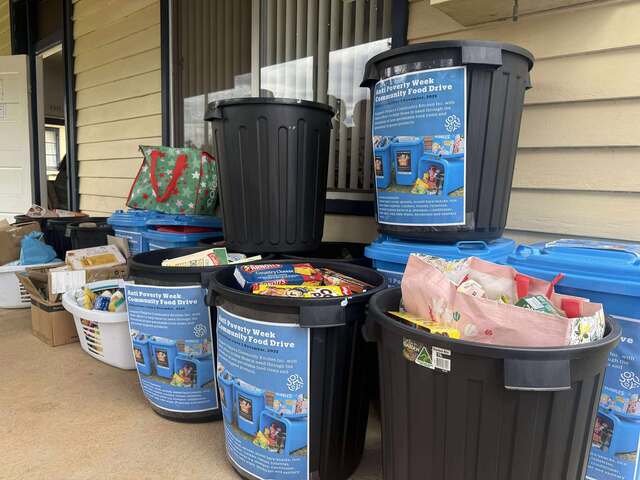Lithgow City Council, New South Wales (NSW), has launched a four year Regional Economic Development Strategy (REDS) (2018-2022) which recognises the region’s historical links with coal mining while supporting a diverse range of new economic opportunities in the future.
The gateway to the central west, Lithgow is a pivotal expansion and entry point from the Western Sydney Basin.
A stand-alone functional economic region, it has numerous endowments including topography, cool climate, natural resources, energy, and road and rail infrastructure, which position the region as a notable juncture for the next stage of the State’s industry and business economic growth.
The recently launched ‘20-Year Economic Vision for Regional NSW’ Strategy identifies Lithgow as a Metro satellite.
Metro Satellites are forecast to transform to metro hubs in their own right, attracting new families seeking new lifestyle and employment opportunities.
Lithgow has industry specialisations in mining, niche manufacturing, electricity supply, health insurance, public administration and safety, agriculture, tourism and rail transport.
Identified emerging specialisations are in the areas of engineering, logistics, aged care and construction.
Already calling the region home a preferred location for a number of significant State multi-national organisations, including; Centennial Coal (Coal mines), Energy Australia (Mount Piper power station), Thales (Lithgow Arms Factory – current incumbent supplier of Australian Defence’s small arms contract), Ferrero (Tic Tacs and Nutella) and Emirates (One & Only Wolgan Valley Luxury Resort). It is also the home to the Westfund Health Insurance head office.
The REDS identifies Lithgow is a regional economy that, whilst supporting its current coal mining industry, is gradually developing other areas in line with market forces. Six strategic elements underpin its delivery:
1. Activate and cultivate a community of economic development leadership.
2. Create labour force capability in line with future business needs.
3. Prioritise lifestyle infrastructure and local place-making.
4. Foster a collaborative and vibrant community led by a diverse and inclusive culture.
5. Develop tourism and marketing opportunities.
6. Drive local business capability and inward business investment.








